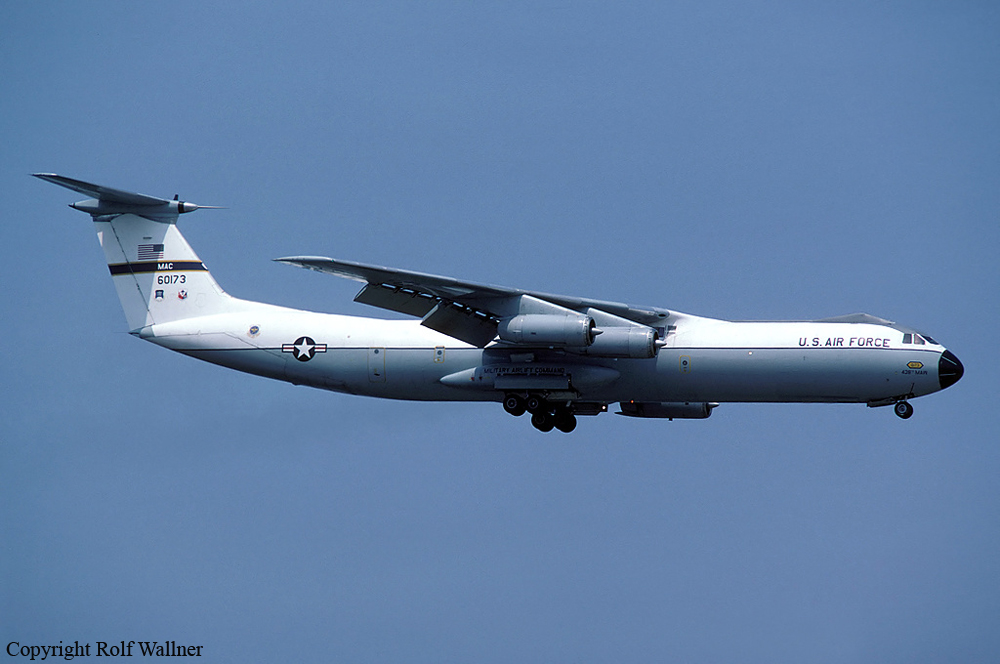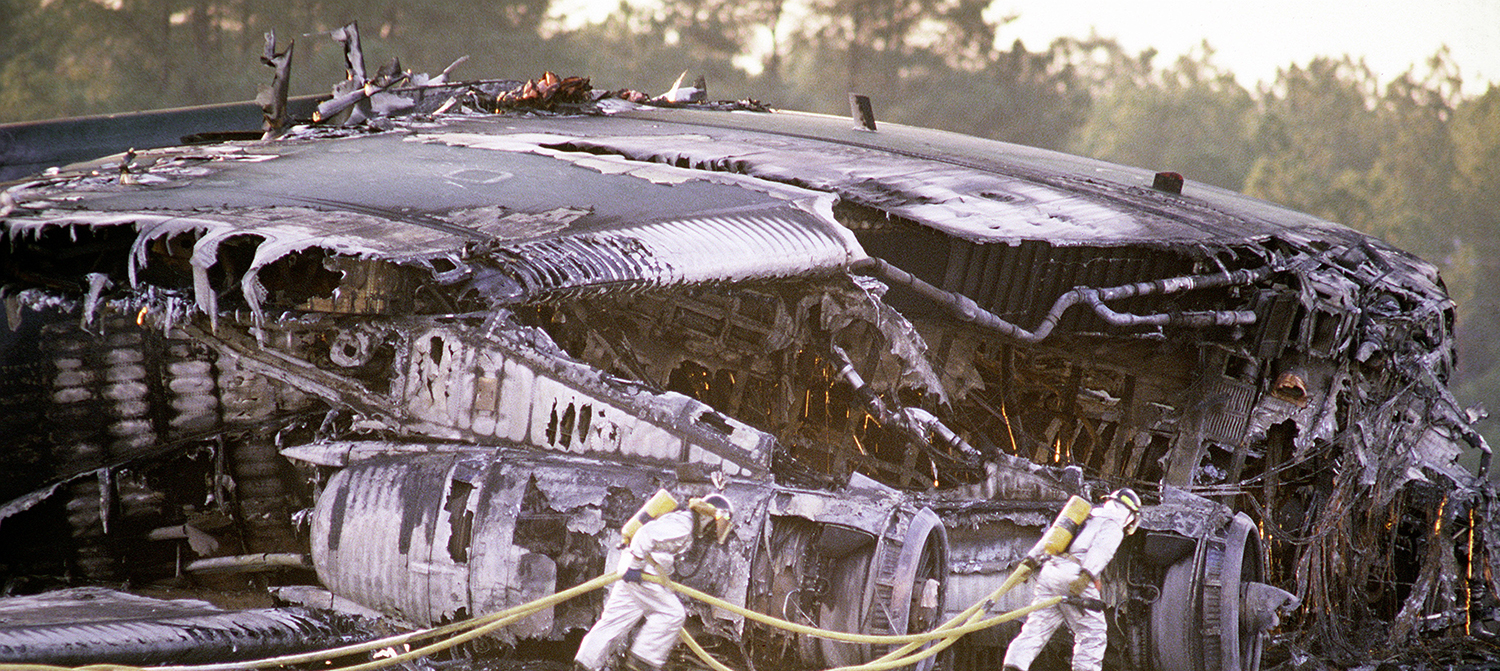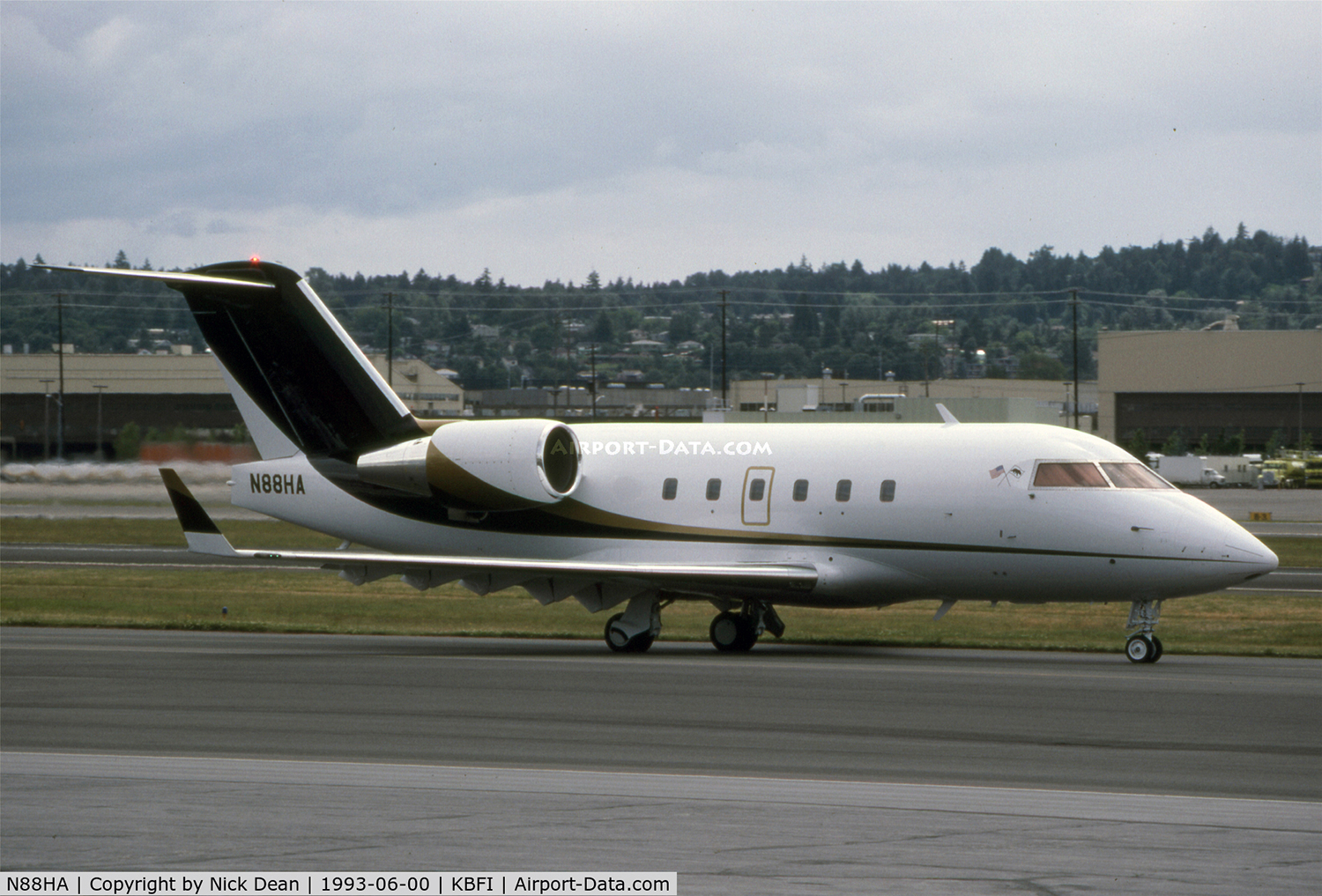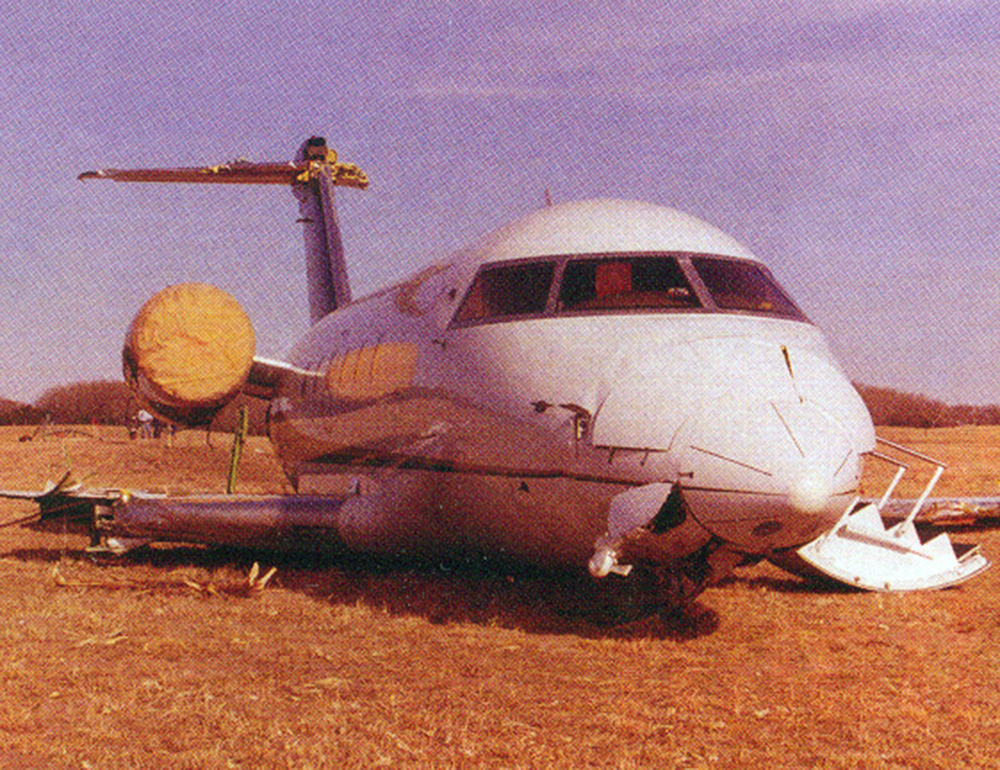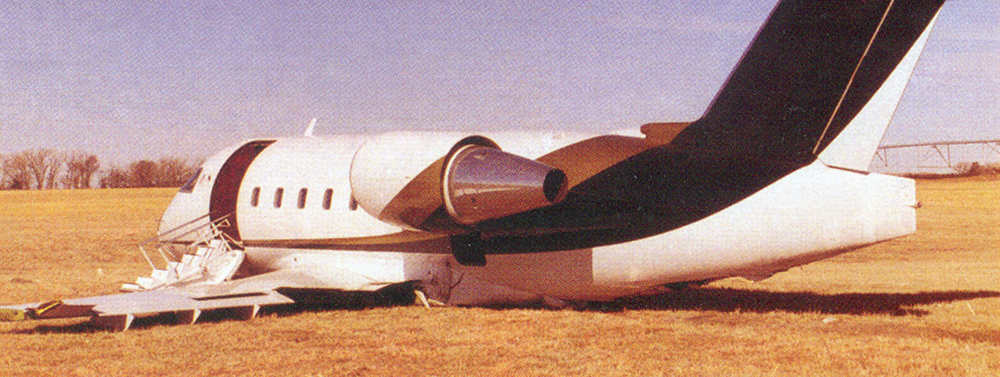Ground fire of a Lockheed C-141A-LM Starlifter at Pope AFB: 23 killed
Date & Time:
Mar 23, 1994 at 1405 LT
Registration:
66-0173
Survivors:
Yes
MSN:
6199
YOM:
1966
Crew on board:
0
Crew fatalities:
Pax on board:
0
Pax fatalities:
Other fatalities:
Total fatalities:
23
Aircraft flight hours:
36132
Circumstances:
Parked at Pope AFB, the Starlifter was ready to embark its passengers. About 500 paratroopers were around the aircraft. On final approach to runway 23, at an altitude of 300 feet, an USAF Lockheed C-130E Hercules registered 68-10492 collided with a USAF F-16 Fighting Falcon (88-0171) that was approaching the same runway to land. The crew of the C-130 was able to land safely while both pilots on board the F-16 ejected before the fighter crashed on the parked C-141. Several explosion occurred and 23 soldiers who were already on board were killed while 80 others were injured, some seriously. The aircraft was destroyed by fire.
Probable cause:
The accident was the consequence of multiple causes such as ATC errors and pilots errors. USAF investigations placed most of the blame for the accident on the military and civilian air traffic controllers working at Pope AFB as well as the F-16 crew.
